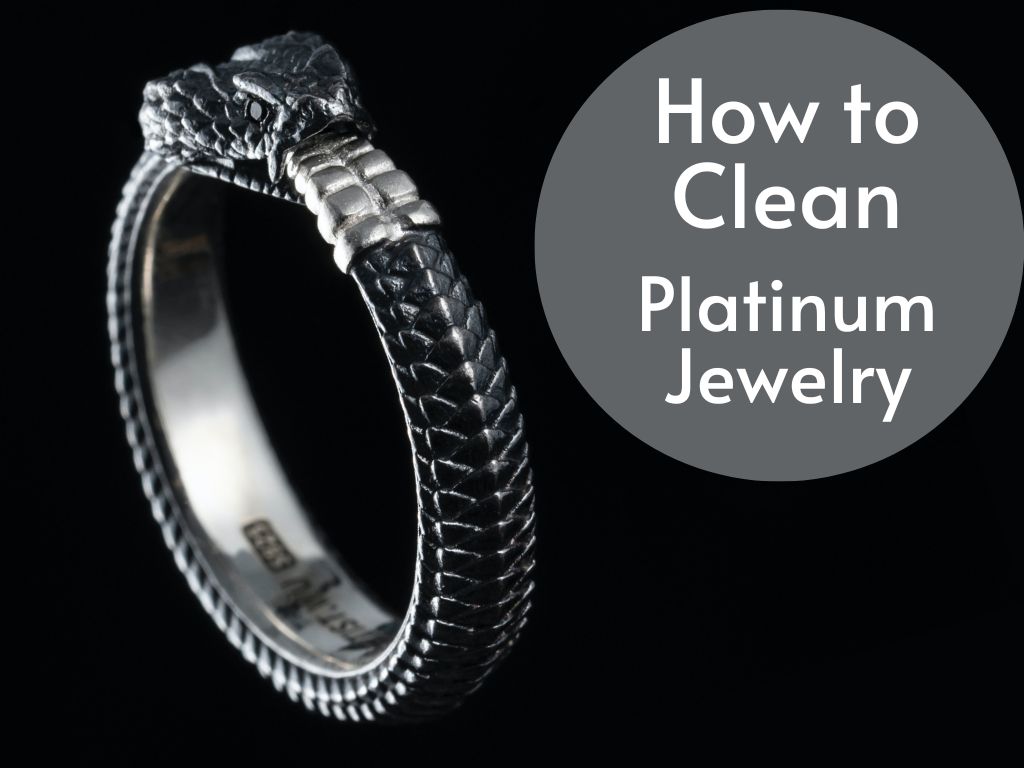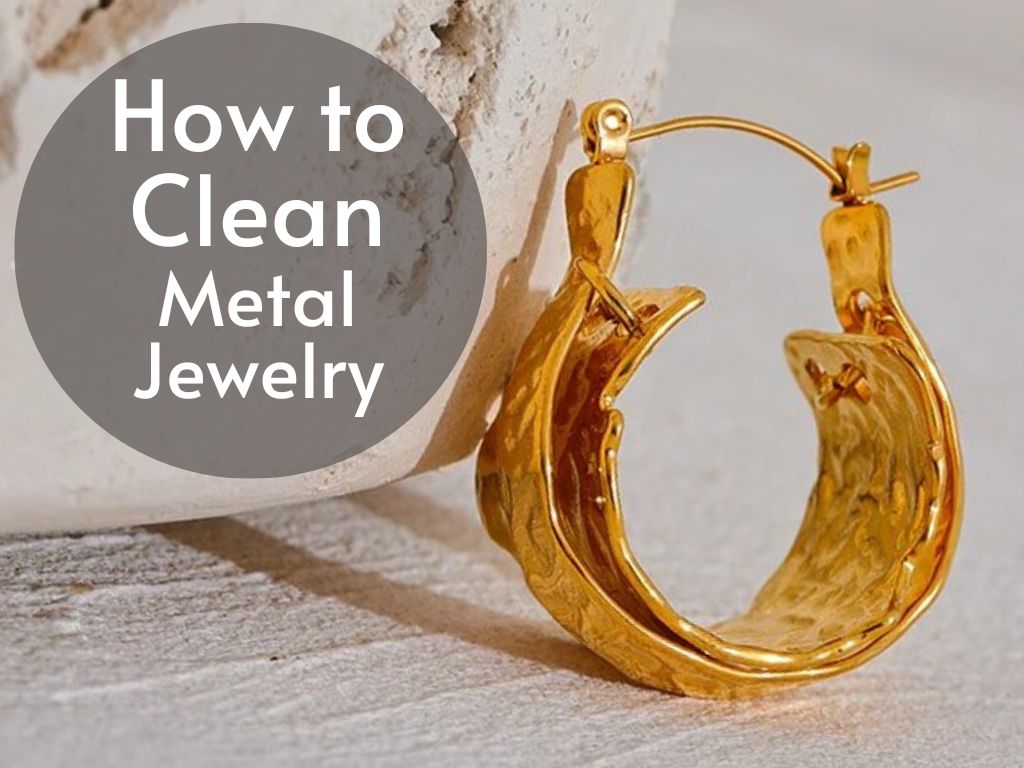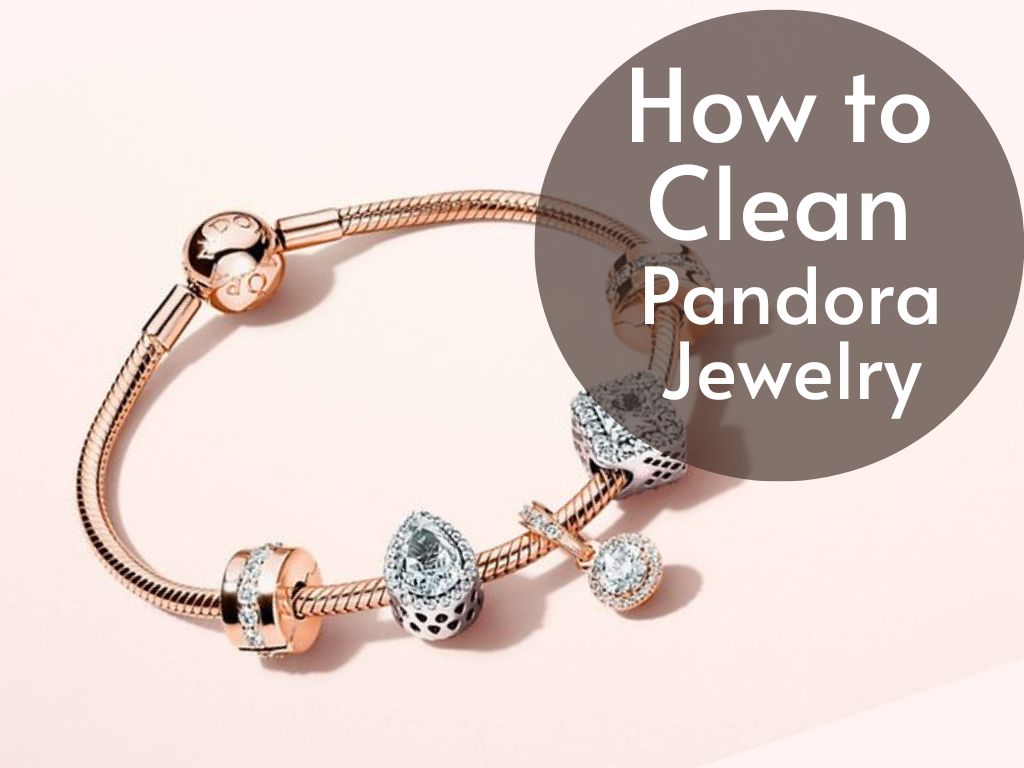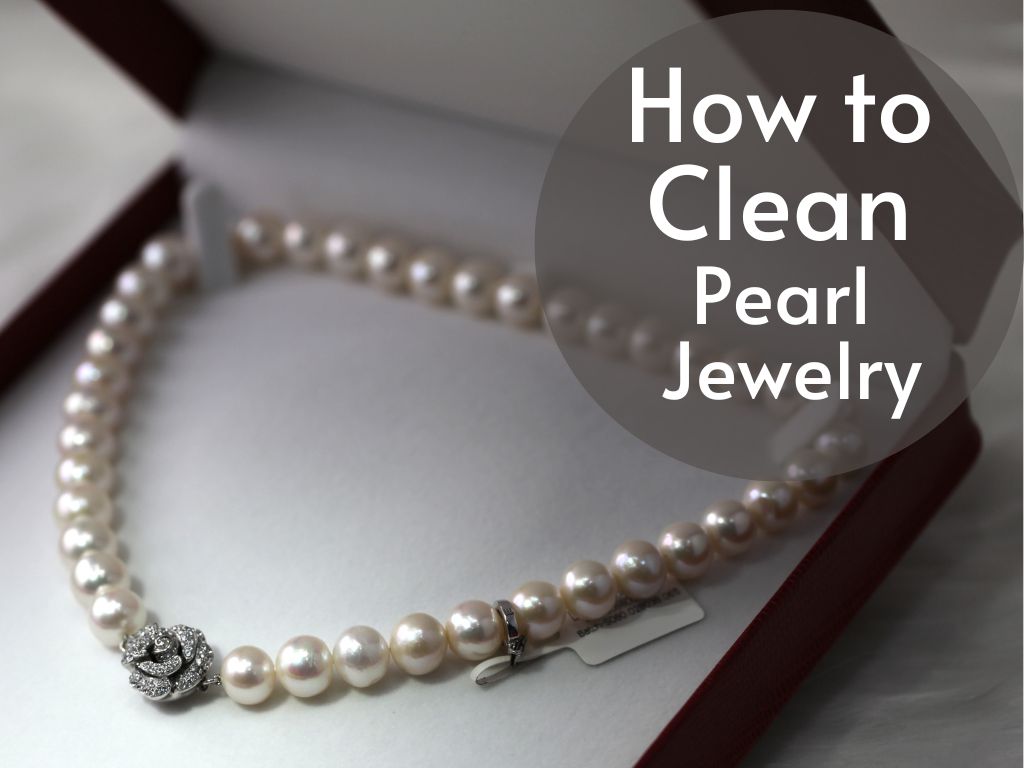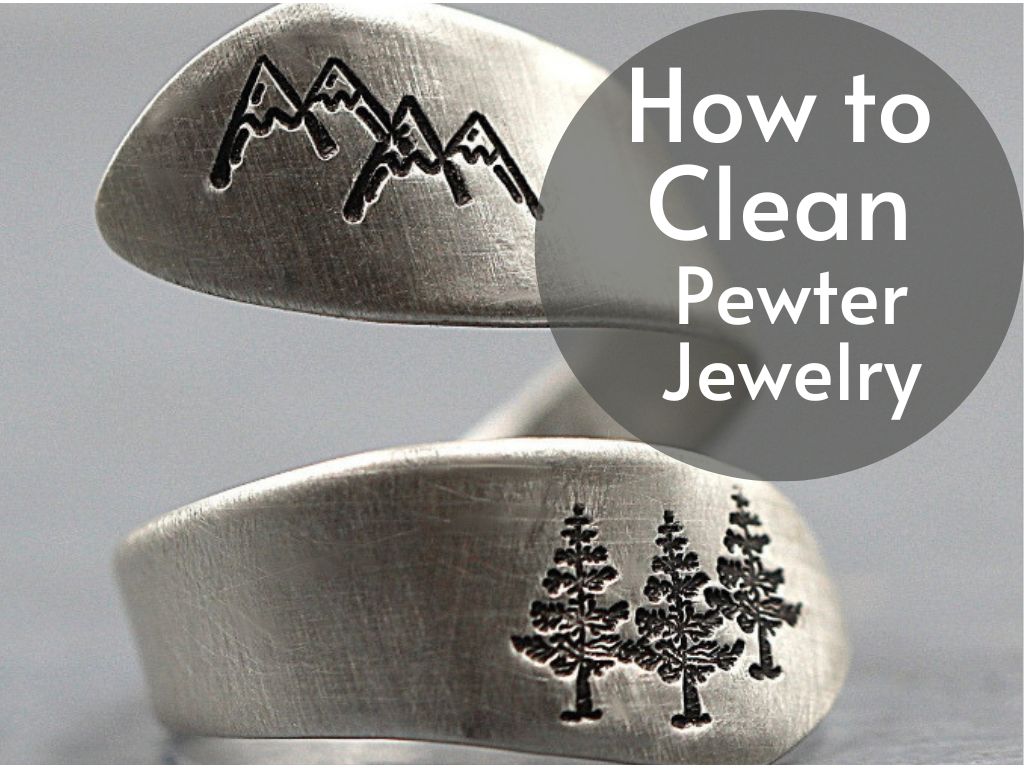Platinum jewelry has long held a place of distinction in the world of luxury and elegance. Renowned for its timeless appeal and unparalleled durability, platinum has become a popular choice for those seeking to adorn themselves with exquisite craftsmanship.
However, owning platinum jewelry is not merely about acquiring a precious accessory; it is about cherishing an investment that holds both monetary and sentimental value. Platinum’s allure lies in its rareness and unique characteristics as a precious metal.
While gold and silver may be more commonly associated with jewelry, platinum stands apart with its distinctive white-silver hue that remains untarnished over time. This captivating appearance, coupled with its exceptional strength and resistance to corrosion, makes it highly coveted among discerning collectors and fashion enthusiasts alike.
Regular cleaning of platinum jewelry plays an integral role in preserving its inherent beauty and ensuring that it maintains its luster throughout the years. While platinum is highly resistant to wear and tear, it is not impervious to dirt, oils, or residue buildup that can occur from everyday wear.
These external elements can dull the shine of the metal and diminish the brilliance of any gemstones adorning the piece. To maintain your platinum jewelry’s radiant splendor, periodic cleaning is essential.
By incorporating this simple yet vital practice into your routine care regimen, you can ensure that your beloved pieces remain as stunning as when they first graced your presence. Let us delve further into the nuances of platinum jewelry care, exploring techniques that will help you bestow unending radiance upon your cherished adornments.
Understanding Platinum Jewelry
Definition and Characteristics of Platinum as a Precious Metal
Platinum is a rare, lustrous, and highly durable precious metal that has been coveted for centuries. It is known for its stunning silver-white color, which distinguishes it from other metals used in jewelry making.
Platinum possesses exceptional density and weight, making it more valuable than gold. Its purity is measured in parts per thousand, with “950 platinum” being the most common standard used in jewelry (meaning 95% pure platinum).
Platinum boasts an array of remarkable characteristics that make it ideal for creating exquisite jewelry pieces. Firstly, it is highly resistant to tarnishing and corrosion, ensuring that platinum jewelry retains its brilliant shine over time.
Secondly, platinum offers superior strength and durability compared to other precious metals – ideal attributes for items meant to be worn daily or passed down as heirlooms. Additionally, platinum’s hypoallergenic nature makes it an excellent choice for individuals with sensitive skin.
Different Types of Platinum Alloys Used in Jewelry Making
While pure platinum is occasionally used in fine jewelry due to its unique properties, most pieces are crafted using alloys – combinations of platinum with other metals – to enhance their strength and affordability. Common alloys used include:
1) Iridium Alloy: This alloy combines platinum with iridium to produce a strong material suitable for intricate designs requiring high durability. 2) Ruthenium Alloy: The combination of ruthenium and platinum results in a harder alloy that offers enhanced scratch resistance while still maintaining the desirable qualities of platinum.
3) Cobalt Alloy: An alternative option combines cobalt with platinum to create an affordable alloy suitable for those on a tighter budget while preserving many of the properties associated with pure platinum. Understanding these various types of alloys helps buyers make informed decisions when selecting their desired pieces based on factors such as durability, cost, and design requirements.
It is worth noting that platinum alloys, regardless of their composition, are typically marked with a hallmark indicating their platinum content and ensuring their quality. Platinum jewelry is a remarkable choice due to the exceptional properties of this precious metal.
Its rarity, durability, and hypoallergenic nature make it highly sought after for both its aesthetic appeal and investment value. Understanding the definition and characteristics of platinum as a metal along with the various alloys used in jewelry making empowers buyers to make informed decisions when selecting platinum pieces that suit their personal style, budget constraints, and desired level of durability.
Tools and Materials Required for Cleaning
Soft-bristle toothbrush or jewelry brush
One of the essential tools for cleaning platinum jewelry is a soft-bristle toothbrush or a specialized jewelry brush. The bristles of these brushes are designed to be gentle yet effective in removing dirt and grime from the surface of the metal without causing any scratches or damage.
When choosing a toothbrush, opt for one with extra-soft bristles to ensure maximum protection for your precious platinum pieces. Alternatively, you can invest in a jewelry brush specifically designed for cleaning delicate jewelry items.
Mild dish soap or specialized jewelry cleaner formulated for platinum
To clean your platinum jewelry effectively, you will need a mild dish soap or a specialized jewelry cleaner that is formulated specifically for platinum. When using dish soap, make sure it is free from harsh chemicals such as bleach or ammonia, as these can potentially harm the metal’s shine.
A recommended approach is to dilute a few drops of dish soap with warm water in a small bowl, creating a gentle cleaning solution suitable for platinum. Additionally, there are various reputable brands that offer specialized cleaners explicitly made to preserve and enhance the luster of platinum jewelry.
Microfiber cloth or lint-free towel for drying
After cleaning your platinum jewelry, proper drying is crucial to prevent water spots and maintain its pristine appearance. For this purpose, you will require a microfiber cloth or a lint-free towel. These materials are highly absorbent and won’t leave behind any fibers that could potentially stick to the surface of your precious pieces.
Gently patting each item dry will ensure thorough absorption of moisture without risking any damage to delicate settings or stones. When it comes to cleaning your cherished platinum jewelry, having the right tools and materials at hand is essential.
A soft-bristle toothbrush or dedicated jewelry brush will allow you to gently scrub away dirt and grime without causing any harm. Choose a mild dish soap that is free from harsh chemicals or invest in a specialized jewelry cleaner specifically formulated for platinum.
Make sure to have a microfiber cloth or lint-free towel available for proper drying and preventing any unwanted residue on your jewelry. With these tools and materials, you’ll be well-equipped to tackle the task of cleaning your platinum pieces effectively while preserving their natural beauty.
IV. Preparing the Cleaning Solution
Diluting Dish Soap with Warm Water
When it comes to cleaning platinum jewelry, a simple yet effective solution can be made using everyday dish soap and warm water. Begin by selecting a mild dish soap that is free from harsh chemicals and abrasives.
Pour a small amount, approximately a teaspoon or two, into a clean bowl. Next, add warm water to the dish soap in the bowl.
The ideal temperature for the water should be comfortably warm but not scalding hot. This warmth will help to break down any oils or residues that have built up on your platinum jewelry over time.
Use a stirrer or your finger to gently mix the dish soap and water together until they are well combined. Ensure that the soapy solution is evenly distributed throughout the mixture before moving on to the next step.
Choosing a Specialized Jewelry Cleaner
While diluting dish soap with warm water is an excellent option for cleaning platinum jewelry at home, there are also specialized jewelry cleaners available in the market that are specifically formulated for precious metals like platinum. When selecting a specialized cleaner, it is crucial to opt for reputable brands known for their quality and effectiveness in preserving the beauty of platinum jewelry.
Look for cleaners that explicitly mention their suitability for platinum as some may be designed only for gold or silver. Read product labels carefully and consider customer reviews and testimonials to ensure you choose a reliable brand.
Reputable jewelers may also recommend specific cleaners that they trust and use themselves. Remember that regardless of whether you choose dish soap diluted with warm water or a specialized cleaner, following proper cleaning techniques will ensure your platinum jewelry remains radiant and pristine.
A: Precautions before cleaning
Ensuring the Safety of Your Precious Pieces
Before embarking on the cleaning process, it is crucial to take certain precautions to protect your platinum jewelry. Begin by carefully examining each piece for any loose stones or delicate settings. If you notice any instability, it is advisable to seek professional assistance from a reputable jeweler who specializes in platinum.
They possess the expertise needed to safely handle and repair intricate jewelry pieces. Furthermore, it’s essential to remove any dirt, oils, or lotions from your hands before cleaning platinum jewelry.
These substances can impair the effectiveness of the cleaning process and leave behind unwanted residue. Taking a few moments to wash your hands thoroughly will ensure that you maintain cleanliness throughout the process and prevent any potential damage caused by contaminants.
B: Soaking the Jewelry
Allowing the Magic of Cleansing Solution to Work
Once you have taken precautions and prepared yourself for the task ahead, submerging your precious platinum pieces into a gentle cleaning solution is a vital step in revitalizing their shine and brilliance. Carefully place your jewelry into a small bowl containing either diluted dish soap or specialized jewelry cleaner formulated specifically for platinum.
Allowing your jewelry to soak for approximately 10-15 minutes enables the cleansing solution to work its magic on removing dirt, grime, and other impurities that have built up over time. The solution penetrates those hard-to-reach areas where debris tends to accumulate, ensuring a thorough clean.
C: Gently Brushing
Unleashing the Power of Soft Bristles on Platinum Surfaces
To restore your platinum jewelry’s radiant gleam, wielding a soft-bristle toothbrush or dedicated jewelry brush is an effective technique during the cleaning process. With gentle strokes and utmost care, begin brushing the surface of each piece, paying close attention to intricate details and hard-to-reach areas.
The soft bristles will dislodge any residual dirt or grime that may have been loosened by the soaking process. Take your time to ensure every nook and cranny is thoroughly brushed, preserving the intricate beauty of your platinum jewelry without causing any damage.
D: Rinsing
A Refreshing Splash for a Sparkling Finish
After completing the gentle brushing phase, it’s crucial to remove any remaining traces of soap from your platinum jewelry. Holding each piece under running water allows you to rinse away all soap residue thoroughly. Keep in mind that even minimal amounts of soap can cause a dull appearance if not entirely eliminated during this step.
While rinsing, pay careful attention to all surfaces and settings, ensuring every crevice is free from residue. By following this step diligently, you guarantee that your platinum jewelry emerges from its cleaning process immaculately clean and ready to shine brilliantly once more.
E: Drying
A Gentle Touch for a Flawless Finish
The final stage in reviving the splendor of your platinum jewelry involves drying it carefully after rinsing. Gently pat each piece dry using a microfiber cloth or lint-free towel specifically designated for this purpose.
These materials ensure no lint or fibers attach themselves to your cherished adornments. Avoid rubbing or applying excessive pressure while drying as it may cause scratches or damage delicate settings.
Exercise patience throughout this process, allowing ample time for the pieces to air dry naturally if necessary. Once dry, give each item a final inspection before storing them safely back in their designated place.
Conclusion
Cleaning platinum jewelry requires diligence and adherence to proper techniques to maintain its magnificence over time. By taking necessary precautions, soaking the jewelry, gently brushing, rinsing meticulously, and drying with care, you can restore the brilliance and luster that initially captivated you. Remember that preserving platinum jewelry’s inherent beauty goes beyond mere aesthetics; it is a testament to your appreciation for timeless elegance.
So embrace the cleaning process as an opportunity to reconnect with these cherished treasures and adorn yourself or loved ones with pieces that radiate confidence and refined allure. With proper care, your platinum jewelry will continue to dazzle throughout generations, becoming an enduring symbol of exquisite taste and enduring luxury.

